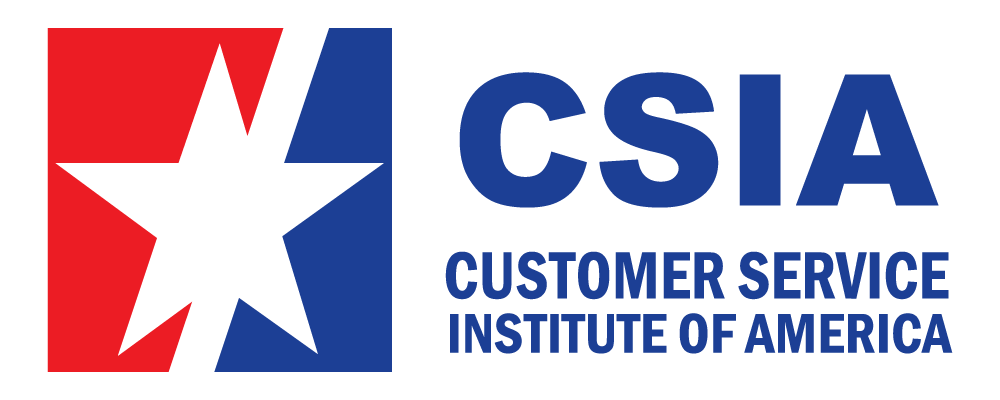If you have a role as a customer service professional, you may believe that work experience is enough to succeed in your career. But if your goal is to stand out as a customer service leader, you need to have both practical experience and formal training. While hands-on experience is great for gaining insights and refining skills, formal training gives you a comprehensive understanding of the best practices and strategies for delivering exceptional service. Let’s take a closer look at what you’ll learn and the skills you’ll gain through formal customer service training:
Best Practices and Industry Standards
First and foremost, formal training allows us to learn customer service best practices and industry standards. This knowledge is critical for providing quality service to your customers and ensuring that you’re meeting their needs most effectively. With this training, you will gain an overview of tried-and-true techniques and strategies that can make a big difference in the quality of service you provide.
Customer Service Metrics and Analytics
As shared in a recent blog, customer service metrics play a crucial role in understanding customer satisfaction levels, operational efficiency, and team performance. By learning how to monitor these metrics, we can gauge our performance against customer service objectives, analyze our strengths and weaknesses, and devise strategies to enhance our overall service quality.
Customer Journey Mapping
Customer journey mapping is a strategic tool used to visualize and understand the end-to-end experience customers have when interacting with products, services, or brands. The goal is to gain insights into customer perspectives, identify pain points, opportunities for improvement, and areas where the customer experience can be enhanced. To quote best-selling author and speaker Kevin Stirtz:
“Every contact we have with a customer influences whether or not they’ll come back. We have to be great every time, or we’ll lose them.”
Customer Complaint Resolution
Formal customer service training introduces us to the importance of communication skills such as listening and empathy. It also gives us insight into specific customer service protocols for handling challenging situations, such as de-escalating angry customers or dealing with complex technical issues. Handling complaints well will not only regain customer trust, but it will also protect a business’s reputation.
Latest Trends and Technologies
Formal training can help you stay up-to-date with the latest trends and technologies in the customer service industry. As technology continues to evolve, customer service is changing as well. By staying informed and knowledgeable, you can adapt to these changes and ensure you provide your customers with the best possible experience.
Customer-Centric Culture
Through training, employees at all levels and across various departments become aligned with the idea that customer satisfaction is a top priority. This shared focus encourages everyone to contribute to creating a positive customer experience. This consistency sends a strong message to customers that their satisfaction matters to every team member. To quote the late customer service champion and Zappos CEO Tony Hsieh:
“Customer service shouldn’t be a department. It should be the entire company.”
Customer Advocacy
A customer-centric culture happens as a result of company-wide customer service training. It transforms employees into customer advocates. They become invested in understanding customers’ needs and advocating for solutions that align with them.
In summary, achieving service excellence and advancing your career requires formal customer service training. This training complements work experience, providing you with the knowledge, skills, and confidence needed to succeed. Investing in formal training is a wise decision that yields positive professional results and could open the door to new career opportunities!
Additional Resources:
5 Ways a Customer Service Training Course can Elevate your Career


